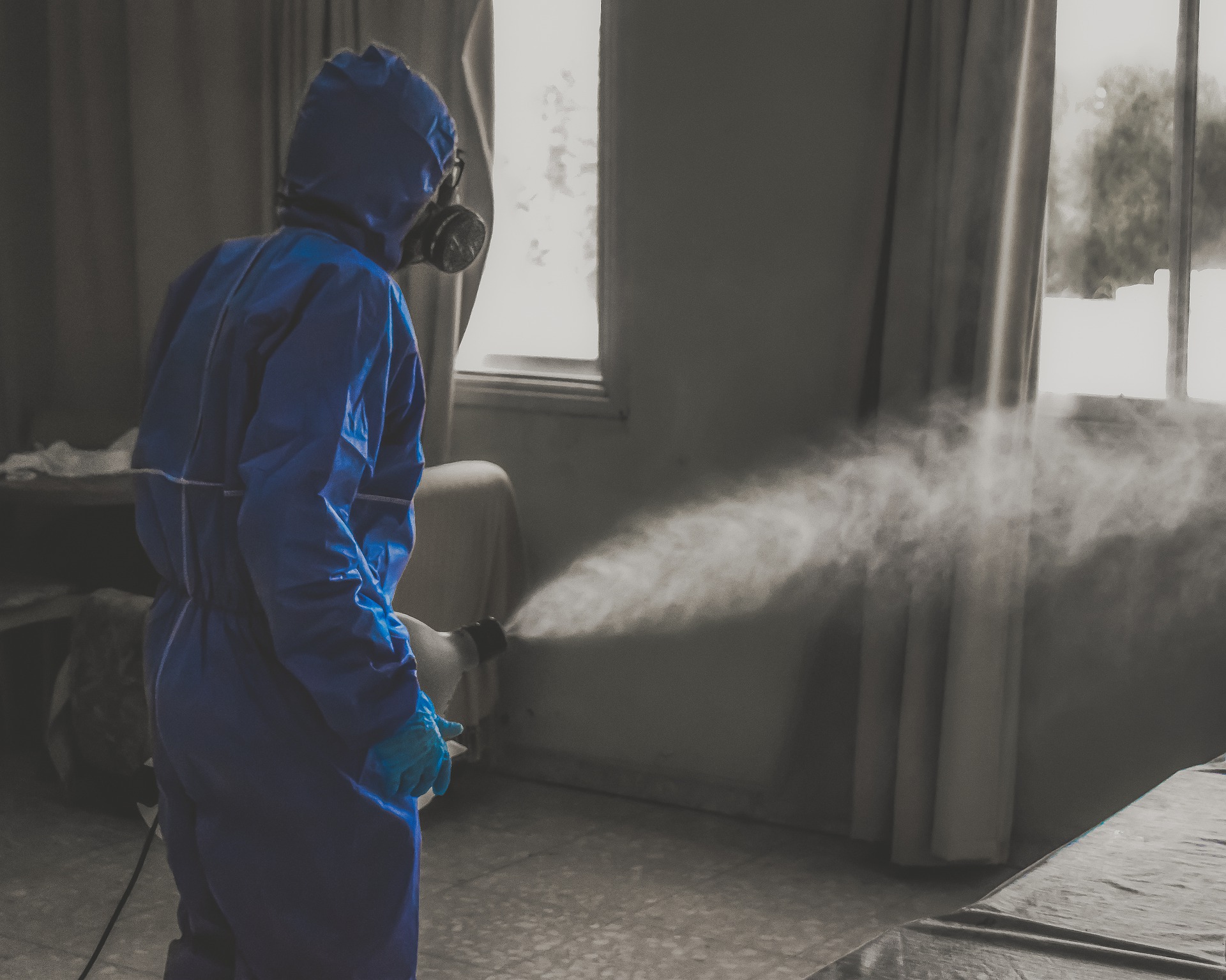
Coronavirus is highly threatening for both animal and human life. Many types of coronavirus can transfer from animals to the human population. Humans have not previously identified COVID-19 because it is a new species that appeared in 2019. On the 7th of January 2020, COVID-19 has been identified by the World Health Organization (WHO) and the Chinese government as a global pandemic. COVID-19 is a global epidemic problem that can spread rapidly among people .
COVID-19 has typical symptoms involve shortness of breath, fever, headache, cough, fatigue, sore throat, and muscle pain. Physical contact is the main cause of the spread of COVID-19 disease among people. The infections are transferred from the infected COVID-19 person to the healthy person through hand contact, mucous contact, or breathe contact .
Because of the rapid spread of COVID-19 around the world, it causes a destructive impact on issues like public health, the global economy, and daily activities. Moreover, COVID-19 infection takes less than four weeks to quash the medical system once it begins to spread. To this end, early detection of COVID-19, especially with the lacking of specific cures or vaccines, is an essential process for treating and controlling the disease from spreading .
RT-PCR is the most preferable test that is currently used for detecting COVID-19 patients. Although RT-PCR tests are sensitive, fairly quick, and reliable, these tests suffer from the risk of eliciting false-negative and false-positive results. Consequently, the spread of COVID-19 infection has been increased because RT-PCR tests cannot immediately distinguish the infected people .
Chest radiological imaging such as CT images and X-rays play an important role in the early detection and treatment of COVID-19 patients. Despite the advantages of CT images for detecting COVID-19 patients, misclassification may occur between the imaging features of COVID-19 and other types of diseases. With increasing demand toward providing accurate tests, the dependency on CT images or RT-PCR tests as accurate tools for the detecting of COVID-19 patients is decreased dramatically .
Recently, machine learning is an adjunct tool for clinicians. Machine learning can automatically support medical diagnosis as a helping tool for identifying and detecting the novel coronavirus. To this end, fast and accurate detection of COVID-19 patients is considered very important to prevent the sources of infection .